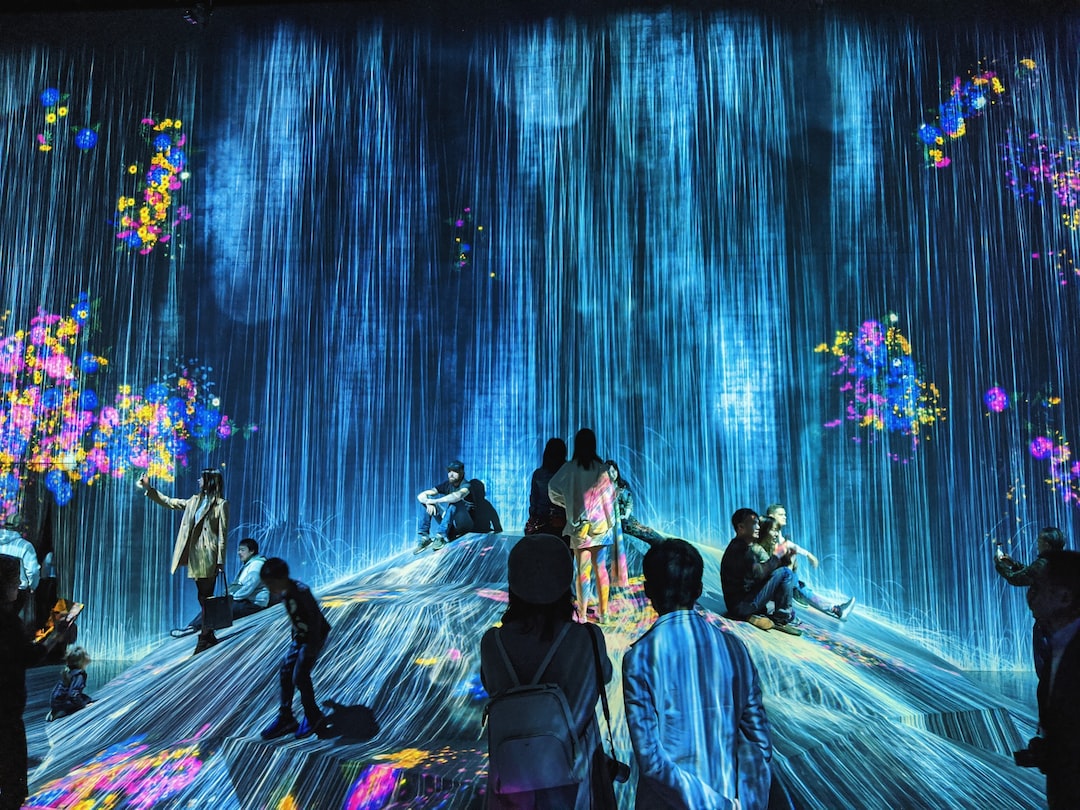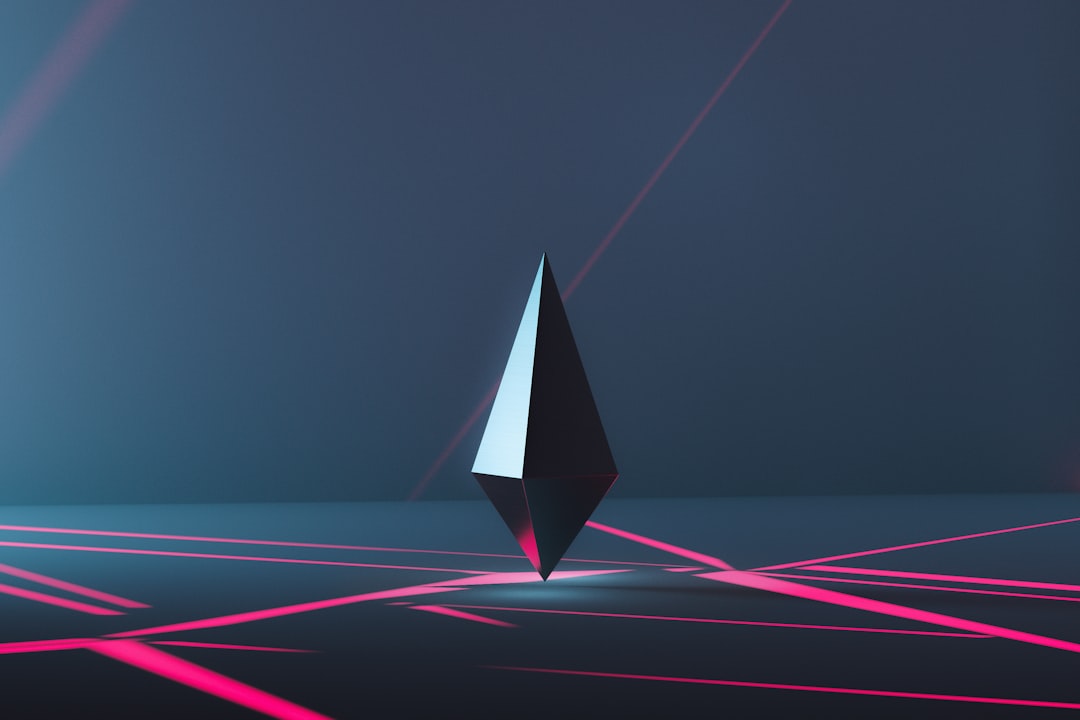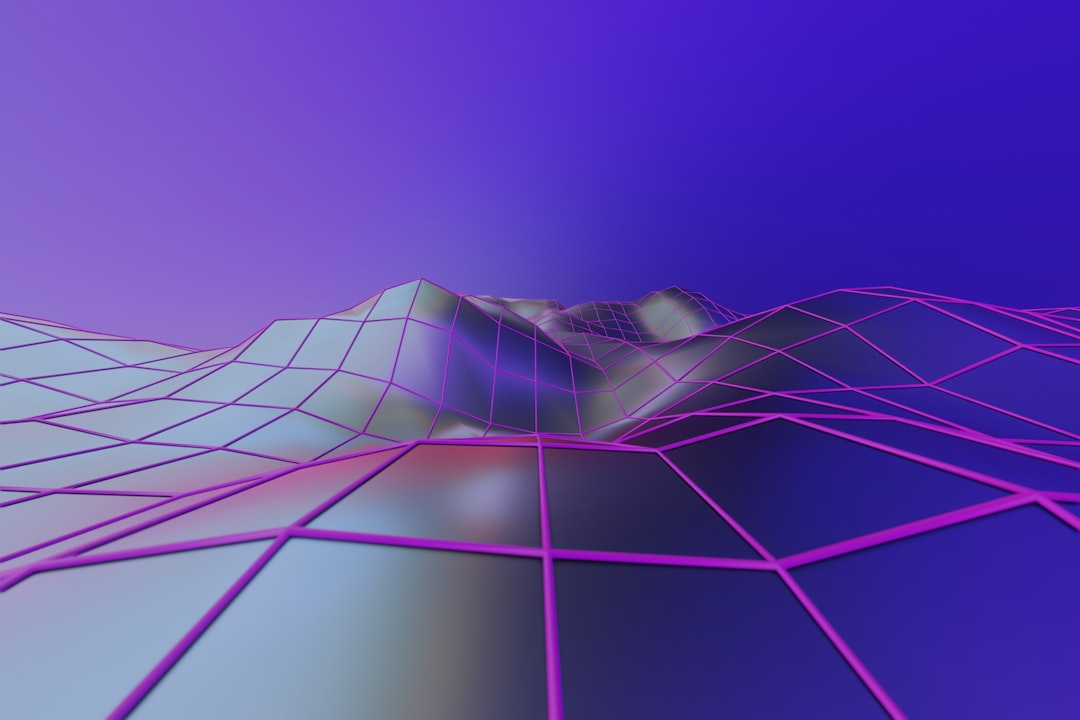The art world is constantly evolving, and lately, there’s been a new trend emerging that’s been turning heads and raising eyebrows. Non-Fungible Tokens (NFTs) have arrived on the scene and are making a splash with artists, collectors, and everyone in between. But what exactly are NFTs, and how are they changing the game in the art market?
In a nutshell, an NFT is a unique digital asset that represents ownership of a specific piece of content, whether it be a piece of art, music, or even a tweet. These tokens are stored on blockchain technology, making them nearly impossible to replicate or modify, and they provide a way for creators to monetize their work in a whole new way.
The emergence of NFTs in the art world has opened up new opportunities for artists who may have previously struggled to make a living from their creations. With NFTs, artists can sell their work directly to collectors without the need for intermediaries such as galleries or auction houses. This democratization of the art world is a significant advantage for emerging artists who may have previously been shut out of the market.
But it’s not just artists who are benefiting from the rise of NFTs. Collectors are also finding new opportunities to invest in unique and valuable digital assets. NFTs provide a way for collectors to verify the authenticity and ownership of a specific piece of art, which can be a significant advantage in the art market.
While the emergence of NFTs is a relatively recent phenomenon, their impact on the art world is already significant. In the next few segments, we’ll dive deeper into the advantages, popularity, criticisms, and future implications of NFTs in the art market. But one thing is for sure: NFTs are a game-changer in the art world, and they’re here to stay.
The Advantages of NFTs in the Art Market
NFTs, or non-fungible tokens, have been making waves in the art world as of late. And it’s not hard to see why – this innovative technology boasts a variety of advantages that could revolutionize the way we think about art ownership and sales.
Firstly, NFTs provide an unprecedented level of security and authenticity for both buyers and sellers. By utilizing blockchain technology, NFTs create a permanent and unalterable record of ownership, allowing buyers to know exactly what they are purchasing and sellers to protect their intellectual property rights. This added layer of security could help to prevent fraud and ensure that artists receive fair compensation for their work.
In addition, NFTs offer a new level of accessibility for both artists and buyers. With the rise of digital art, it can be difficult for artists to monetize their work or for buyers to find and purchase unique pieces. NFTs provide a way for artists to easily sell their digital creations, while also allowing buyers to easily browse and purchase pieces from around the world.
Moreover, NFTs could potentially change the way we think about art ownership. In the traditional art market, ownership is often limited to those who can afford to purchase a physical piece. NFTs, however, allow for a new form of ownership that is not limited by physical location or financial means. This could democratize the art world and allow for a more diverse range of voices and perspectives to be represented.
Of course, as with any new technology, there are bound to be criticisms and controversies surrounding NFTs in the art world. However, it is important to remain open-minded and curious about the potential benefits of this technology. Only time will tell how NFTs will continue to shape the evolution of the art world.
This could democratize the art world and allow for a more diverse range of voices and perspectives to be represented.
The Popularity of NFTs and its Impact on the Art World
NFTs, or non-fungible tokens, have taken the art world by storm in recent years. These digital assets represent a unique form of ownership, allowing collectors to own one-of-a-kind pieces of artwork that are authenticated through blockchain technology.
The popularity of NFTs can be attributed to a variety of factors. For one, they offer a new way for artists to monetize their work in a digital age. Instead of selling prints or licensing their art to companies, artists can sell their original works as NFTs, allowing them to retain control over their creations and receive a greater share of the profits.
Additionally, NFTs have opened up new opportunities for collectors to engage with artwork. With the rise of online marketplaces like Nifty Gateway and SuperRare, collectors can browse and purchase unique pieces from artists all around the world with just a few clicks.
But the impact of NFTs on the art world goes beyond just financial gain. Many artists see NFTs as a way to democratize the art world and create a more inclusive space. By removing the need for traditional gatekeepers like galleries and auction houses, artists have more control over their own careers and can connect directly with their audiences.
NFTs have also sparked discussions about the nature of art ownership and what it means to own a piece of art in a digital world. While some critics argue that NFTs are just a passing trend, others see them as a revolutionary new form of ownership that could have far-reaching implications for the future of the art world.
As the popularity of NFTs continues to grow, it will be interesting to see how they shape the art world in the years to come. Will they become a new standard for art ownership, or will they remain a niche market for digital art enthusiasts? Only time will tell, but one thing is for sure: NFTs have already made a significant impact on the art world and will continue to do so in the future.
With the rise of online marketplaces like Nifty Gateway and SuperRare, collectors can browse and purchase unique pieces from artists all around the world with just a few clicks.
NFTs as a New Form of Ownership in the Art World
The rise of NFTs in the art world has introduced a new form of ownership that is quite different from traditional methods. With NFTs, ownership is verified using blockchain technology, which eliminates the possibility of counterfeit or fraudulent artwork. Digital artwork can now be owned and sold just like traditional artwork, and NFTs have made it possible for artists to monetize their work in a way that was not possible before.
One of the significant advantages of NFTs is that they offer artists complete control over their work. Artists can create their own NFTs and sell them directly to buyers, without having to go through intermediaries like galleries or auction houses. This means that artists can retain ownership of their work and determine the price at which they sell their pieces. It also means that artists can receive a larger share of the profits from the sale of their work, since they do not have to share it with intermediaries.
Another advantage of NFTs is that they offer buyers a way to invest in art that is more accessible and affordable than traditional artwork. With NFTs, buyers can purchase a fraction of an artwork, rather than having to buy the entire piece. This makes owning art more affordable, and it also means that collectors can invest in a more diverse range of artists than they would be able to with traditional artwork.
NFTs have also made it possible for artists to reach a wider audience than ever before. With traditional artwork, artists can only sell to buyers who are physically present at a gallery or auction. However, with NFTs, artists can sell their work to buyers all over the world, without having to worry about shipping or handling. This means that artists can reach a global audience and sell their work to people who would not have been able to see it otherwise.
NFTs have introduced a new form of ownership in the art world that is more accessible, affordable, and secure than traditional methods. They offer artists complete control over their work, and they allow buyers to invest in a more diverse range of artists. While there are certainly criticisms and controversies surrounding NFTs, they have the potential to revolutionize the art world and create new opportunities for both artists and collectors alike.
Digital artwork can now be owned and sold just like traditional artwork, and NFTs have made it possible for artists to monetize their work in a way that was not possible before.
Criticisms and Controversies Surrounding NFTs in the Art World
As with any new technology or innovation, there are bound to be criticisms and controversies surrounding NFTs in the art world. One of the main criticisms is the environmental impact of the blockchain technology used to create and sell NFTs. The energy consumption required for the creation and maintenance of the blockchain is significant, and some argue that it is not sustainable in the long term.
Another criticism is the potential for fraud and copyright infringement. While NFTs are meant to establish clear ownership and authenticity of digital art, there have already been cases of individuals selling NFTs of artwork they do not own or have the rights to. This raises questions about the validity and trustworthiness of NFTs as a form of ownership.
Additionally, there are concerns about the elitism and exclusivity of NFTs in the art market. The high prices and exclusive nature of NFTs can be seen as further perpetuating the already existing inequalities in the art world. This begs the question of whether or not NFTs are truly democratizing the art market or if they are simply a new form of exclusivity.
Despite these criticisms and controversies, it is important to keep an open mind and continue to explore the potential of NFTs in the art world. As with any new technology, there will be challenges and obstacles to overcome. However, the potential benefits of NFTs, such as increased accessibility and transparency in the art market, make them a technology worth exploring and refining. Ultimately, it will be up to the art world to determine how to responsibly and sustainably incorporate NFTs into the industry.
The energy consumption required for the creation and maintenance of the blockchain is significant, and some argue that it is not sustainable in the long term.
Future Implications of NFTs in the Art Market
As the art world continues to evolve, it’s clear that NFTs are here to stay. The impact of NFTs on the art market is only just beginning, and the future implications of this technology are exciting to consider.
One of the most significant implications of NFTs in the art market is the potential for greater accessibility. With NFTs, artists can sell their work directly to buyers without the need for intermediaries. This means that more artists can have their work seen and appreciated by a wider audience, and buyers can purchase works directly from the artists they admire.
NFTs also have the potential to create new revenue streams for artists. In addition to selling digital art, artists can create limited edition NFTs or sell rights to use their work in other ways, such as in films or video games. As more industries begin to utilize NFTs, the possibilities for artists to monetize their work will continue to expand.
Another exciting implication of NFTs is the potential for new forms of collaboration. With NFTs, artists can work together on projects and share ownership of the resulting work. This could lead to new and innovative art forms that wouldn’t have been possible before.
Of course, there are also potential downsides to the increased use of NFTs in the art market. The environmental impact of blockchain technology is a concern, and there are also questions about the long-term value of digital art. However, as NFTs continue to gain popularity, it’s likely that these issues will be addressed and solutions will be found.
Overall, the future implications of NFTs in the art market are exciting and worth exploring further. As artists and buyers alike continue to embrace this new technology, we’re sure to see new forms of creativity and collaboration emerge. The possibilities are endless, and we can’t wait to see what the future holds for NFTs in the art world.
Overall, the future implications of NFTs in the art market are exciting and worth exploring further.
Conclusion: The Role of NFTs in the Evolution of the Art World
As we have seen throughout this blog post, NFTs have emerged as a revolutionary force in the art world. With their unique advantages and impact on the market, they have opened up new opportunities for artists, collectors, and enthusiasts alike.
The advantages of NFTs in the art market are numerous. They provide a way for artists to monetize their work directly, without the need for intermediaries or galleries. They allow collectors to own a unique piece of art that can be verified on the blockchain, ensuring its authenticity and provenance. And they offer a new form of ownership in the art world, one that is inclusive and accessible to a wider range of people.
Despite some criticisms and controversies surrounding NFTs, their popularity continues to grow. As more artists and collectors embrace this new technology, it will undoubtedly have a lasting impact on the art world. NFTs have the potential to democratize the art market, making it more accessible to a wider range of people and fostering new forms of creativity and collaboration.
Looking to the future, it is clear that NFTs will play a significant role in the evolution of the art world. As the technology continues to develop and mature, we can expect to see new use cases and applications emerge. Whether you are an artist, collector, or simply a lover of art, the rise of NFTs is something that cannot be ignored.
In conclusion, NFTs are not just a passing trend in the art world. They represent a fundamental shift in the way we think about ownership, creativity, and collaboration. As we continue to explore this new frontier, we can only imagine the possibilities that lie ahead. So let us embrace this exciting new era in the art world and see where it takes us.





